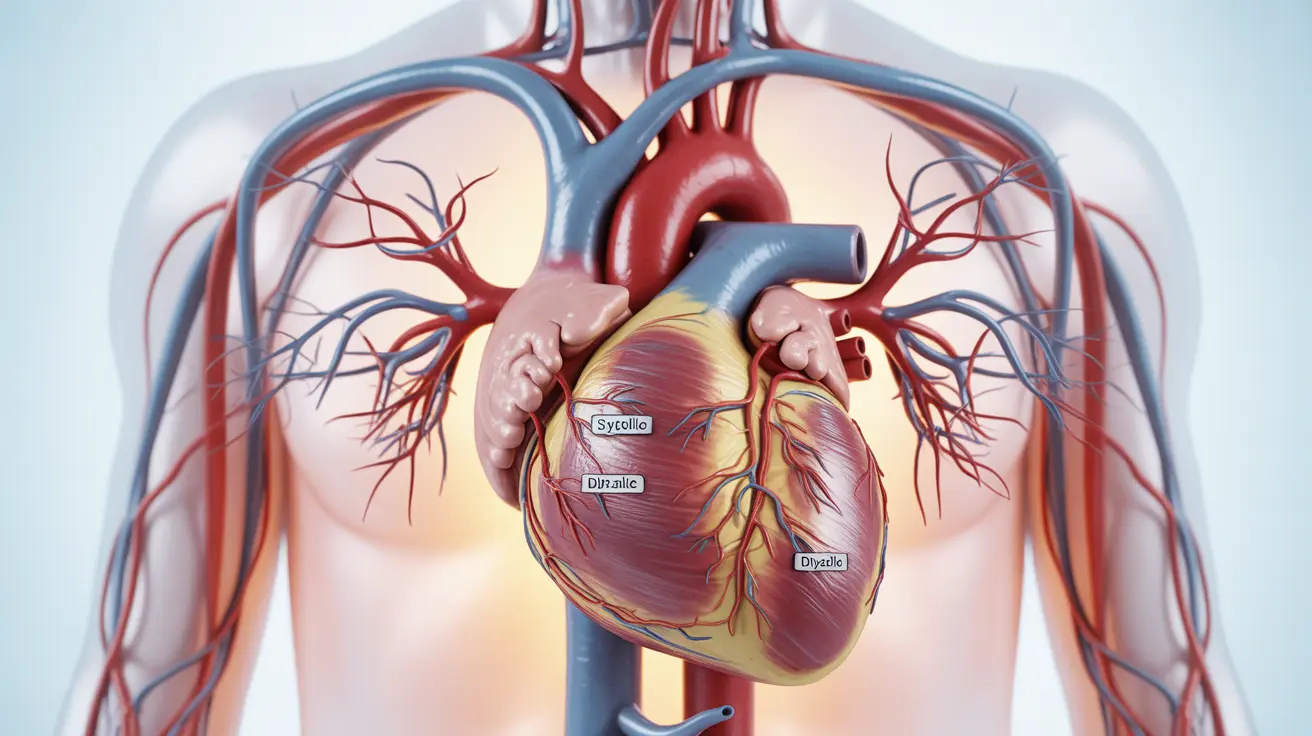Primary hypertension, also known as essential hypertension, affects millions of Americans and is the most common form of high blood pressure. Unlike secondary hypertension, which stems from an identifiable underlying condition, primary hypertension develops gradually over time without a clear single cause. Understanding this condition is crucial for early detection and effective management.
This comprehensive guide will explore the causes, symptoms, diagnosis, and treatment options for primary hypertension, helping you better understand this common yet serious health condition.
What is Primary Hypertension?
Primary hypertension occurs when blood pressure readings consistently exceed 130/80 mmHg without an identifiable medical cause. This condition develops over many years and is influenced by a combination of genetic, environmental, and lifestyle factors. Unlike other forms of high blood pressure, primary hypertension cannot be traced to a specific underlying health condition.
Risk Factors and Causes
While the exact cause of primary hypertension remains unclear, several factors contribute to its development:
- Genetic predisposition
- Age (risk increases with advancing age)
- Obesity or being overweight
- Physical inactivity
- High sodium intake
- Excessive alcohol consumption
- Chronic stress
- Family history of hypertension
Recognizing the Symptoms
Primary hypertension is often called the "silent killer" because it typically doesn't cause noticeable symptoms until blood pressure reaches severely high levels. However, some people may experience:
- Morning headaches
- Irregular heartbeat
- Vision changes
- Dizziness
- Nosebleeds
- Shortness of breath
It's important to note that these symptoms usually appear only when blood pressure has reached dangerous levels, emphasizing the importance of regular blood pressure monitoring.
Diagnosis and Monitoring
Diagnosing primary hypertension involves regular blood pressure measurements and thorough medical evaluation. Healthcare providers typically:
- Take multiple blood pressure readings over several visits
- Review medical history and family history
- Perform physical examinations
- Order blood tests and other diagnostic procedures
- Consider possible secondary causes of hypertension
Treatment Approaches
Lifestyle Modifications
The first line of defense against primary hypertension often involves lifestyle changes:
- Adopting a heart-healthy diet (DASH diet)
- Regular physical activity
- Maintaining a healthy weight
- Limiting alcohol consumption
- Reducing sodium intake
- Stress management techniques
- Quitting smoking
Medication Options
When lifestyle changes aren't sufficient, various medications may be prescribed:
- Diuretics (water pills)
- ACE inhibitors
- Calcium channel blockers
- Beta-blockers
- Angiotensin II receptor blockers (ARBs)
Prevention Strategies
Preventing primary hypertension focuses on maintaining a healthy lifestyle from an early age. Key preventive measures include:
- Regular exercise (at least 150 minutes of moderate activity per week)
- Balanced diet rich in fruits, vegetables, and whole grains
- Limited salt intake (less than 2,300 mg per day)
- Stress reduction techniques
- Regular health check-ups
Frequently Asked Questions
- What causes primary hypertension if there is no specific underlying medical condition?
Primary hypertension develops from a complex interaction of genetic factors, lifestyle choices, and environmental influences over time. While no single cause exists, factors such as genetics, age, obesity, high sodium intake, and physical inactivity contribute to its development.
- What are the common symptoms of primary hypertension and how can I recognize them early?
Primary hypertension often develops without noticeable symptoms. When symptoms do occur, they may include morning headaches, irregular heartbeat, vision changes, and dizziness. Regular blood pressure monitoring is the best way to detect high blood pressure early.
- How is primary hypertension diagnosed and how often should blood pressure be checked?
Diagnosis involves multiple blood pressure readings over several visits to your healthcare provider. Adults should have their blood pressure checked at least once every two years, or more frequently if they have risk factors or elevated readings.
- What lifestyle changes can help manage or prevent primary hypertension effectively?
Effective lifestyle changes include maintaining a healthy weight, following the DASH diet, regular exercise, limiting alcohol and sodium intake, managing stress, and quitting smoking. These modifications can significantly impact blood pressure levels.
- What are the best treatment options and medications available for controlling primary hypertension?
Treatment typically begins with lifestyle modifications. If these aren't sufficient, medications such as diuretics, ACE inhibitors, calcium channel blockers, beta-blockers, or ARBs may be prescribed. The best treatment plan is individualized based on each person's specific situation and health status.




